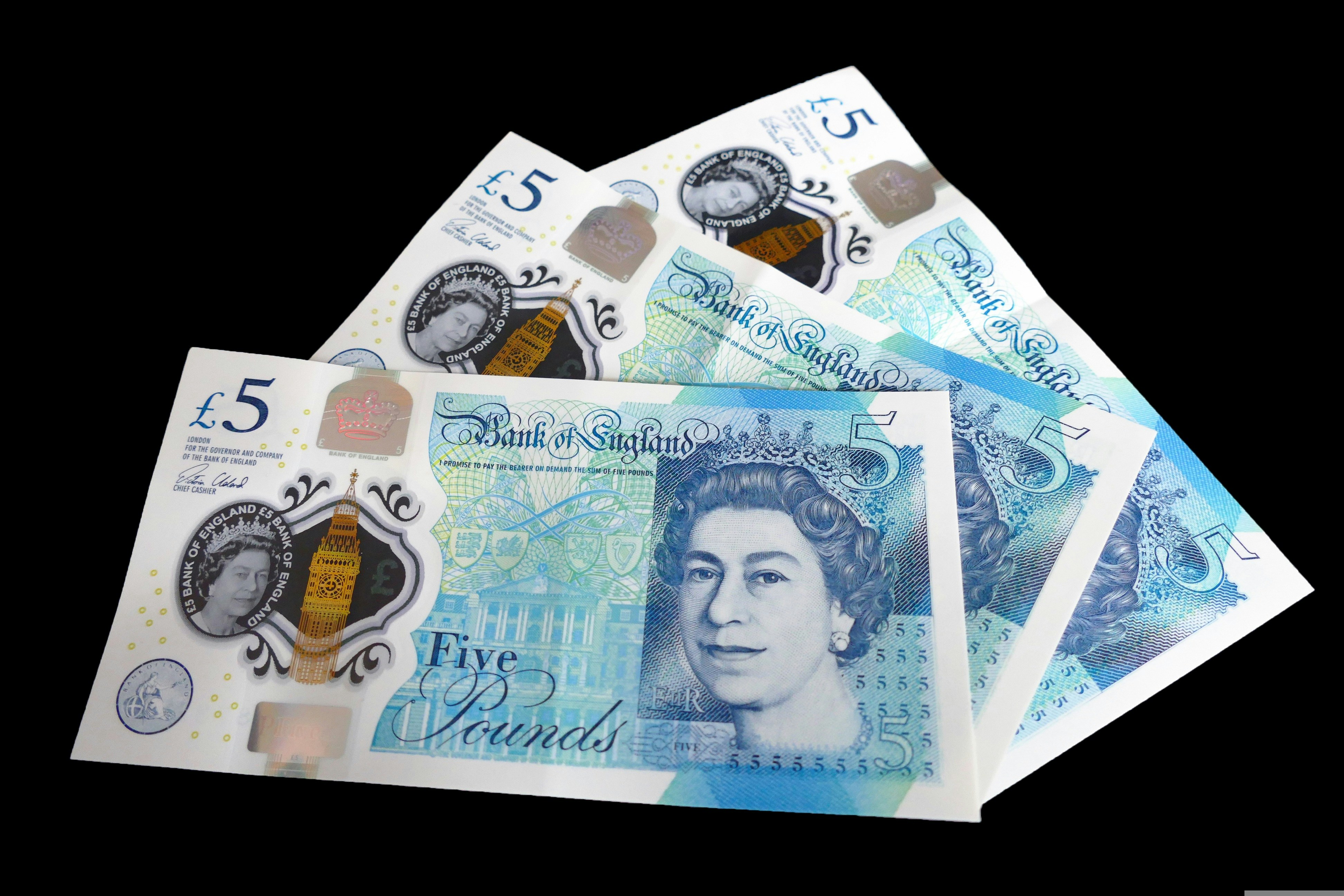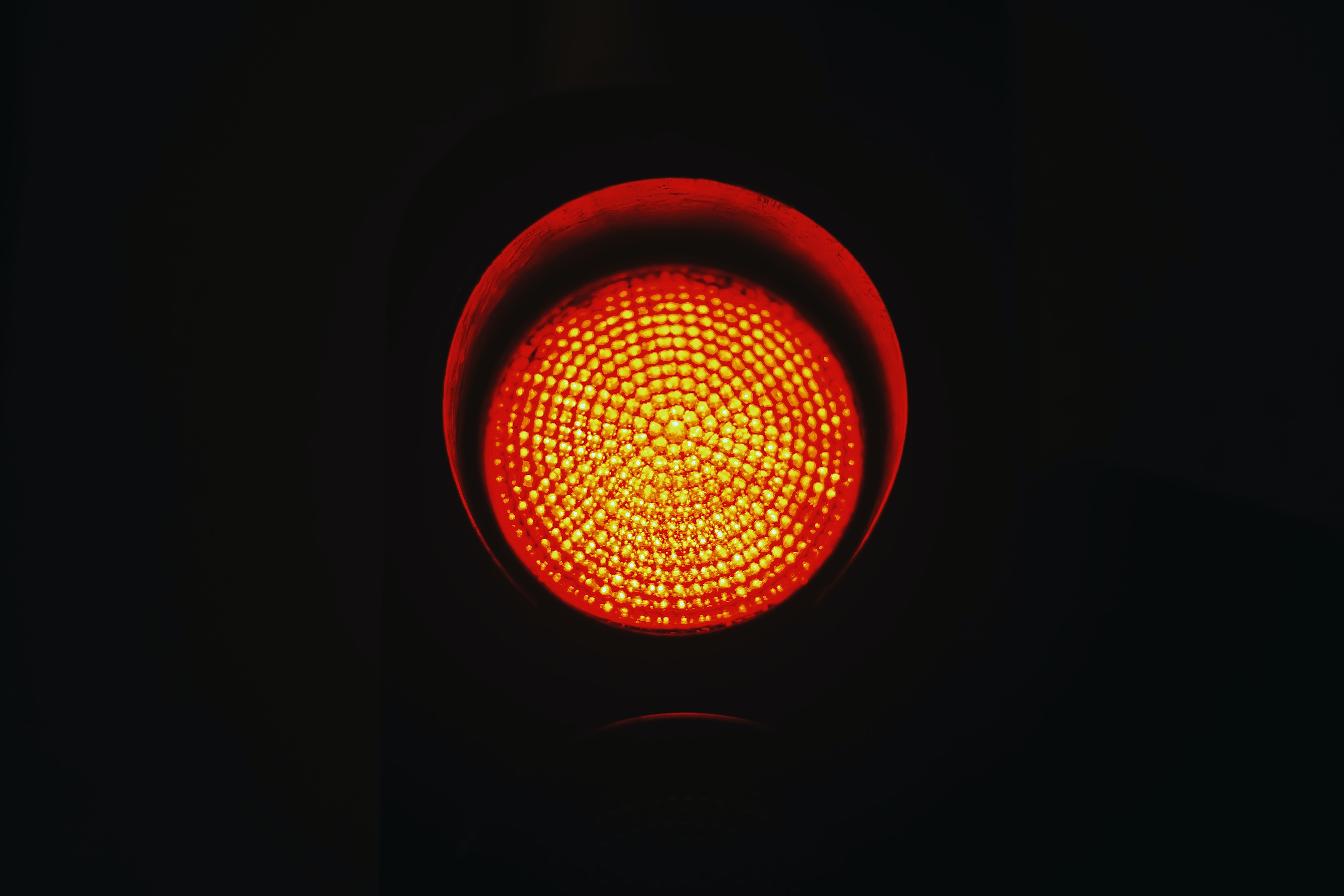Как выбрать брокера?
Если вы решили попробовать свои силы в торговле на бирже, то первый шаг на пути к этому – выбор брокера – компании, без которой ваш путь к инвестиц...
13.08.2025 13:30

Прогноз и предсказания GBP (британский фунт) на 2025 год и последующие годы
Прогноз GBP на 2025 год и далее Понимание роли британского фунта имеет решающее значение, поскольку мы изучаем прогноз GBP на 2024 год и...
22.10.2024 06:20
Что такое робот для биржи, что он умеет, и стоит ли им пользоваться?
Что такое робот для биржи, что он умеет, и стоит ли им пользоваться? Содержание статьи:Что такое робот для торговли на бирже?Общий принцип работыКом...
26.10.2023 03:20
Зачем нужны индикаторы на бирже, и какие лучше использовать?
Зачем нужны индикаторы на бирже, и какие лучше использовать? Содержание статьи:Что такое индикаторы на бирже и зачем они нужны?Основные виды инди...
20.10.2023 03:07
Технический анализ акций
Технический анализ акций Технический анализ акций – один из двух базовых видов анализа движения цены на биржевых рынках, которым пользуется подавляю...
29.09.2023 00:17
Как читать графики на бирже, основные виды графиков
Как читать графики на бирже, основные виды графиков Понимание того, как читать графики на бирже – основа основ технического анализа. А он, в свою оч...
23.08.2023 10:32
Линии тренда на бирже: как их построить и использовать
Линии тренда на бирже: как их построить и использовать Вместе с линиями (уровнями) поддержки и сопротивления, о которых мы говорили в прошлом матери...
13.07.2023 11:55
Как использовать линии поддержки и сопротивления в трейдинге
Как использовать линии поддержки и сопротивления в трейдинге В прошлый раз, рассказывая о том, как ведут себя отдельные отложенные ордера на бирже, ...
13.07.2023 08:19
Чем страшны маржин-колл и стоп-аут для тейдера?
Чем страшны маржин-колл и стоп-аут для тейдера? Мражин-колл и стоп-аут – это достаточно страшные слова для любого трейдера, сулящие внезапные убытки...
13.07.2023 07:47
Как работают ордера на бирже, и какие их виды существуют
Как работают ордера на бирже, и какие их виды существуют Ордера на бирже – это основная механика взаимодействия трейдера с брокером и, фактически, о...
13.07.2023 05:04
Что такое тренд на бирже, как его определить и использовать
Что такое тренд на бирже, как его определить и использовать Биржевой рынок, словно живой организм, видоизменяется каждую секунду. Причем как глобаль...
08.06.2023 09:16
Что такое коррекция на бирже
Что такое коррекция на бирже: признаки, причины, последствия Одно из базовых понятий в биржевой торговле – тренд. То есть, направление, в котором в...
08.06.2023 09:03
Что такое сплит акций?
Что такое сплит акций? В чем его выгода для компании и инвесторов? Продолжаем знакомиться с важными биржевыми понятиями, и сегодня подробно расскаже...
29.05.2023 05:58
Волатильность акций простыми словами
Волатильность акций простыми словами Продолжаем разбираться с базовыми терминами трейдинга и инвестиций, и сегодня остановимся на понятии волатильно...
29.05.2023 02:12
Ликвидность акций простыми словами
Ликвидность акций простыми словами В продолжение предыдущего материала о волатильности, поговорим об еще одном базовом, связанным с ней, понятии, ко...
28.05.2023 20:23
6 советов начинающим инвесторам на пути к успеху
Инвестиции – это всегда комплексный процесс, успех в котором зависит от большого количества факторов. Чем же нужно руководствоваться, начиная инвес...
12.04.2023 06:13

Почему диверсификация портфеля инвестиций так важна?
Диверсификация портфеля, без сомнения – одна из основ и одно из важнейших слагаемых успеха любых инвестиций. Особенно средне- и долгосрочных. В анг...
10.04.2023 06:54

Быки, медведи и другие животные – кто есть кто на бирже?
Если быки и медведи на бирже более-менее хорошо знакомы даже новичкам, то разобраться в остальном «зоопарке» достаточно сложно. Почему в сленге уча...
06.03.2023 10:21

Манипуляции на бирже: как не стать их жертвой?
Биржевой рынок, как полноценный живой участник торговли, реагирует на активность продавцов и покупателей. Заставить его работать в своих интересах,...
24.02.2023 14:04
Что такое хеджирование на бирже?
Термин хеджирование рисков хотя бы раз слышал каждый трейдер или инвестор. Из контекста обычно становится понятно, что речь идет о защите собственн...
20.02.2023 08:43
)
Стоп-лосс и тейк-профит простыми словами
Сегодня мы остановимся на паре базовых инструментов, которые пригодятся каждому трейдеру и инвестору, независимо от того, по какой стратегии он тор...
20.02.2023 05:54